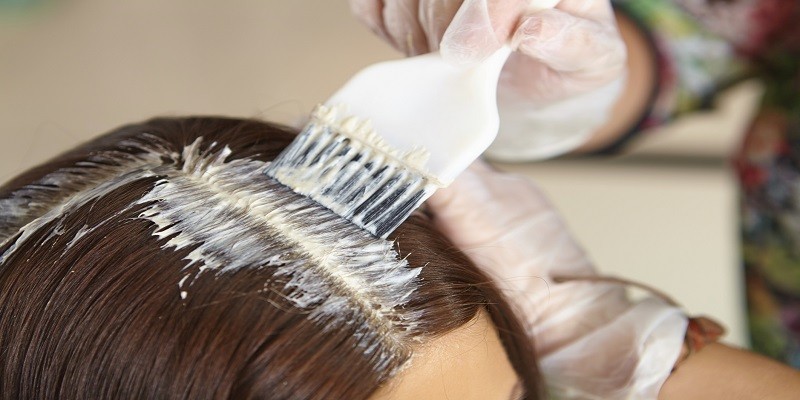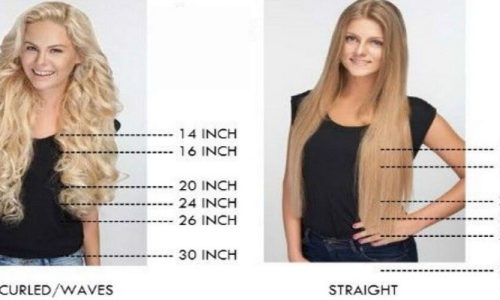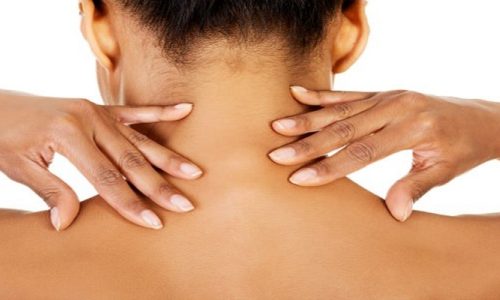Hair dye stains on countertops can be a common issue, especially for those who frequently dye their hair at home. These stains can be stubborn and unsightly, but with the right techniques and household items, you can effectively remove them. This article will guide you through various methods to get hair dye out of different types of countertops, ensuring your surfaces remain clean and stain-free.
General Tips for Removing Hair Dye Stains
Before diving into specific methods, here are some general tips to keep in mind:
- Act Quickly: The sooner you address the stain, the easier it will be to remove.
- Test First: Always test a small, inconspicuous area of your countertop with the cleaning solution to ensure it doesn’t cause damage.
- Avoid Abrasives: Be cautious with abrasive materials that can scratch or damage the surface of your countertop.
Methods for Removing Hair Dye Stains
1. Dish Soap and Water
This is the most common and easiest method to start with:
- Materials Needed: Dish soap, warm water, sponge or cloth.
- Instructions: Mix dish soap with warm water to create a sudsy solution. Apply it to the stained area using a sponge or cloth. Gently scrub the area until the dye is removed, then rinse with clean water.
2. White Vinegar
White vinegar is a versatile cleaning agent that can help lift hair dye stains:
- Materials Needed: White vinegar, sponge or cloth.
- Instructions: Apply white vinegar directly to the stain using a sponge or cloth. Gently scrub the area until the stain is lifted. Rinse with clean water afterward.
3. Baking Soda
Baking soda is an effective and gentle abrasive that can help remove stains:
- Materials Needed: Baking soda, water, sponge or cloth.
- Instructions: Make a paste by mixing baking soda with water. Apply the paste to the stained area and let it sit for a few minutes. Gently scrub the area with a sponge or cloth, then rinse with clean water.
4. Hydrogen Peroxide
Hydrogen peroxide can be particularly effective for tougher stains:
- Materials Needed: Hydrogen peroxide, sponge or cloth.
- Instructions: Apply hydrogen peroxide to the stain using a sponge or cloth. Let it sit for a few minutes, then gently scrub the area. Rinse with clean water.
5. Rubbing Alcohol
Rubbing alcohol can help dissolve the dye:
- Materials Needed: Rubbing alcohol, cotton ball or cloth.
- Instructions: Apply rubbing alcohol to a cotton ball or cloth and gently rub it over the stained area. Once the dye is removed, rinse with clean water.
6. Nail Polish Remover
Nail polish remover, especially those containing acetone, can be effective but should be used with caution:
- Materials Needed: Nail polish remover, cotton ball or cloth.
- Instructions: Apply nail polish remover to a cotton ball or cloth and gently rub it over the stain. Be careful not to use this method on painted or finished surfaces as it can cause damage. Rinse with clean water afterward.
Specific Countertop Materials
Different countertop materials may require specific care to avoid damage. Here are some tailored methods for various surfaces:
Laminate Countertops
- Method: Clean up any loose dye with a damp cloth. Apply a small amount of hairspray or rubbing alcohol to the stain and scrub with a sponge. If the stain persists, use a Magic Eraser or Mr. Clean pad, but be gentle to avoid damaging the surface.
Granite Countertops
- Method: Granite is porous and can absorb dye, making it tricky to clean. Use a mixture of baking soda and water to form a paste. Apply the paste to the stain and let it sit for a few minutes. Gently scrub with a sponge and rinse with clean water. For tougher stains, you may need to repeat the process.
Quartz Countertops
- Method: Quartz is non-porous and generally easier to clean. Use a combination of mild dish soap, warm water, and a microfiber cloth. Wipe in small circles to cover the most surface area. For tougher stains, use rubbing alcohol or a mixture of vinegar and water.
Preventing Hair Dye Stains
Prevention is always better than cure. Here are some tips to prevent hair dye stains on your countertops:
- Cover Surfaces: Use old towels, plastic sheets, or garbage bags to cover your countertops before dyeing your hair.
- Clean Spills Immediately: Wipe up any spills as soon as they occur to prevent the dye from setting.
- Use a Barrier: Apply a barrier, such as petroleum jelly, around the edges of your sink or countertop to catch any drips.
Conclusion
Removing hair dye stains from countertops can be challenging, but with the right methods and materials, it is entirely possible. Whether you use dish soap, vinegar, baking soda, or more potent solutions like hydrogen peroxide and nail polish remover, always remember to test a small area first and act quickly. By following these tips and techniques, you can keep your countertops looking clean and stain-free.
FAQs
How do I get hair dye off my counter?
To remove hair dye from your counter, you can use a variety of methods. Start with a mixture of mild dish soap and warm water, scrubbing gently with a microfiber cloth. If the stain persists, try rubbing alcohol, a paste of baking soda and water, or a vinegar and water solution. For tougher stains, commercial cleaners like Soft Scrub® Liquid Gel with Bleach can be effective.
Does hair dye come out of countertops?
Yes, hair dye can come out of countertops, but the ease of removal depends on the material and how quickly you act. Quartz countertops, for example, are non-porous and more resistant to stains, making it easier to clean spills promptly. Using appropriate cleaning methods and products, such as soap and water, rubbing alcohol, or baking soda paste, can effectively remove hair dye stains.
How do you get permanent hair dye off surfaces?
To remove permanent hair dye from surfaces, start with a mild approach using soap and water. If the stain remains, try rubbing alcohol, acetone-based nail polish remover, or a paste of baking soda and water. For stubborn stains, diluted bleach or commercial dye removers can be effective. Always test a small area first to ensure the cleaning agent won’t damage the surface.
How to remove hair dye from the sink?
To remove hair dye from the sink, you can use several methods. Start with a mixture of baking soda and water to form a paste, then scrub the stain gently. Alternatively, use rubbing alcohol, acetone-based nail polish remover, or a vinegar and baking soda solution. For tougher stains, a diluted bleach solution can be effective. Always rinse thoroughly after cleaning.
Are there any natural remedies for removing hair dye from surfaces?
Yes, natural remedies for removing hair dye from surfaces include using a mixture of vinegar and baking soda to create a paste, which can be applied to the stain and scrubbed gently. Another option is using a combination of baking soda and water. These natural cleaners are effective and less likely to damage surfaces compared to harsher chemical cleaners.







